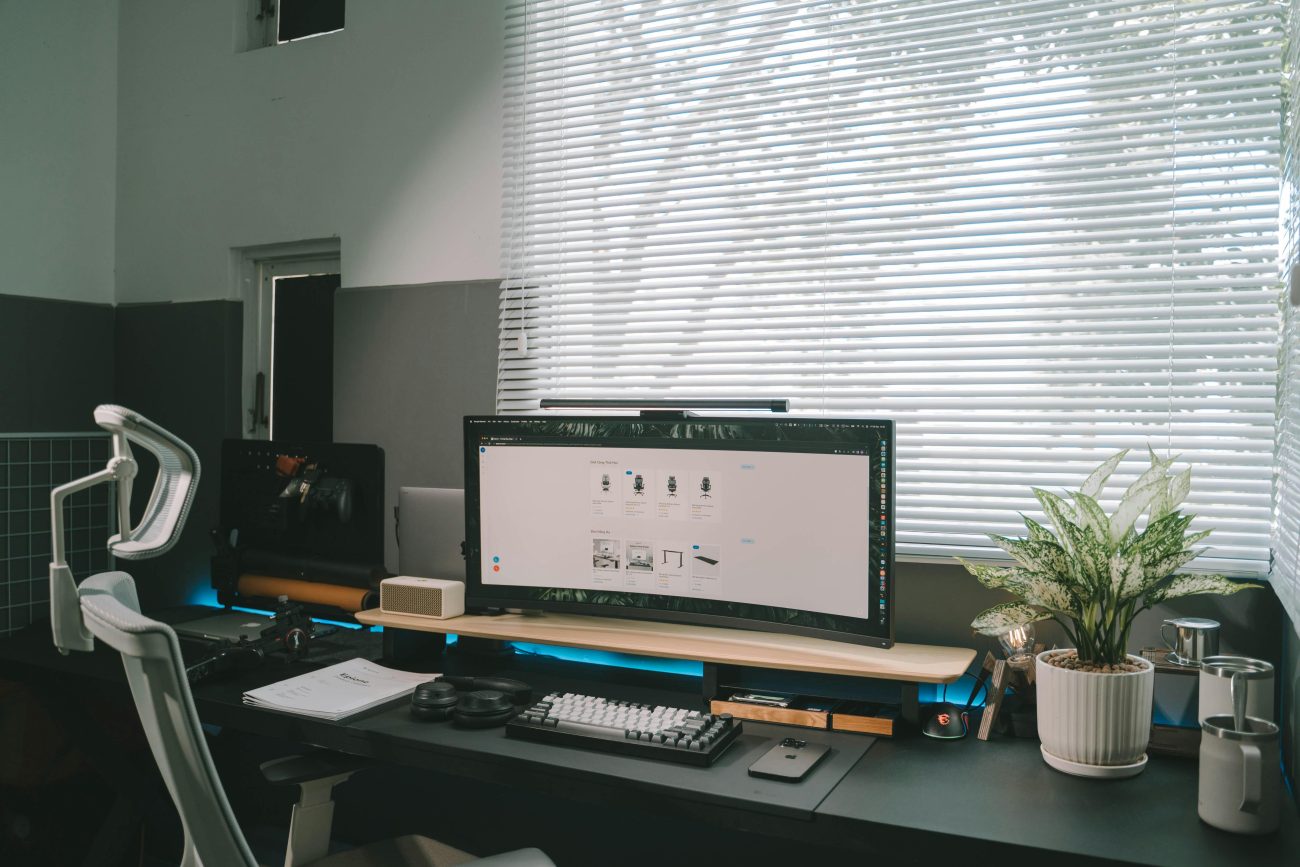Introduction
Working from home has become the norm for millions of professionals. But a messy, disorganized home office can sabotage your focus, mood, and efficiency. The good news? You don’t need a complete renovation. This guide walks you through practical, affordable ways to organize your home office for maximum productivity — boosting your performance and mental clarity in 2025.
Why Home Office Organization Matters
A well-organized office reduces stress, saves time, and helps your brain focus on work — not clutter. According to psychology research, visual chaos overloads your senses and can lower cognitive performance.
Benefits of a tidy workspace:
- Increased efficiency
- Better time management
- Enhanced creativity
- Reduced stress and distractions
Step-by-Step: How to Organize Your Home Office
1. Choose the Right Location
- Select a low-traffic, quiet area
- Avoid working in your bedroom if possible
- Use room dividers or curtains if space is shared
2. Declutter Ruthlessly
- Remove everything and only put back essentials
- Shred or scan old documents
- Use the “one-year rule”: if you haven’t used it in 12 months, toss it
3. Create Functional Zones
- Divide your space into distinct zones: work, storage, reading, etc.
- Keep most-used items within arm’s reach
- Use vertical space with wall shelves
4. Invest in Ergonomic Furniture
- Use a chair with lumbar support
- Choose an adjustable desk if standing is preferred
- Maintain eye-level screen height to reduce neck strain
5. Use Smart Storage Solutions
- Drawer dividers and desktop organizers
- Label everything clearly
- Install pegboards, hooks, or cork boards
- Use rolling carts for mobile storage
6. Tame the Cable Chaos
- Use cable clips and sleeves
- Label power adapters and chargers
- Mount power strips under the desk
7. Go Paperless Where Possible
- Scan important documents
- Use cloud storage (Google Drive, Dropbox, OneDrive)
- Try apps like Evernote or Notion for digital notes
8. Control Lighting and Temperature
- Maximize natural light to reduce eye strain
- Use daylight-spectrum LED bulbs
- Maintain a consistent room temperature
9. Add Personal and Motivational Touches
- Hang inspiring quotes or art
- Add one or two plants for mood and air quality
- Keep décor minimal to avoid distraction
Daily Habits to Maintain Office Organization
- Tidy up your desk every evening
- File or delete emails daily
- Schedule weekly deep cleans
- Empty the trash regularly
Common Home Office Mistakes to Avoid
- Working from your couch or bed
- Using kitchen counters or dining tables long-term
- Ignoring ergonomic basics
- Storing everything on your desk surface
- Relying solely on sticky notes for task tracking
Productivity Tools You Should Use
- Task Management: Todoist, Trello, Asana
- Time Tracking: Toggl, Clockify
- Focus Apps: Forest, Freedom, Cold Turkey
- Note Taking: Notion, Microsoft OneNote
Frequently Asked Questions
What’s the best desk layout for productivity?
Keep your monitor centered, supplies within reach, and cables managed.
How do I avoid distractions in a shared home?
Use noise-canceling headphones, white noise machines, or focus playlists.
Do standing desks really help?
Yes. They promote better posture and reduce fatigue during long work hours.
|Natural Stress Relief: 8 Simple Ways to Feel Calmer in 2025
